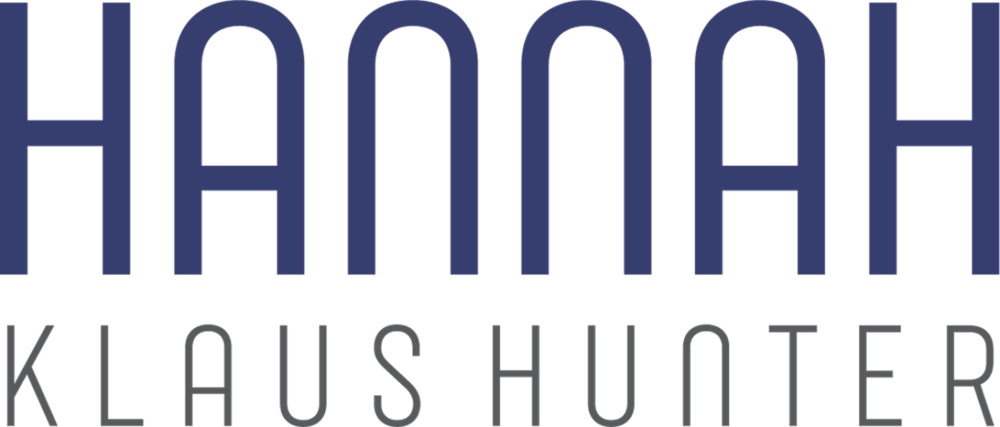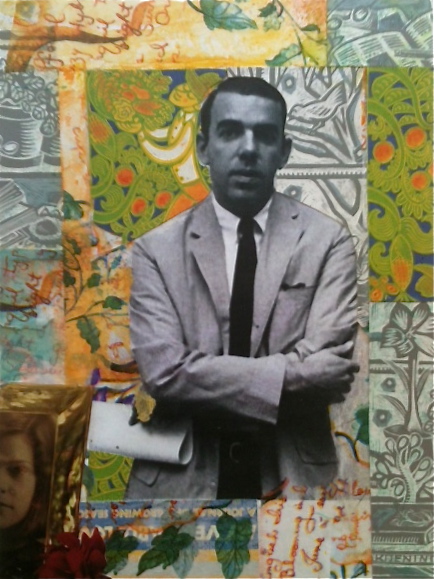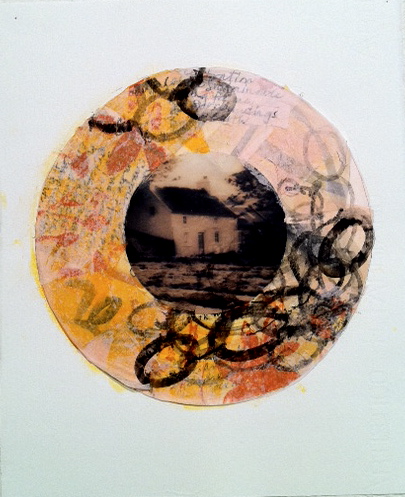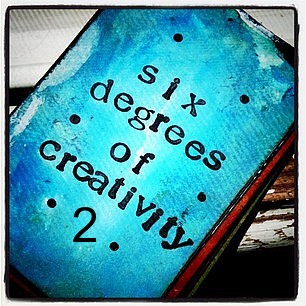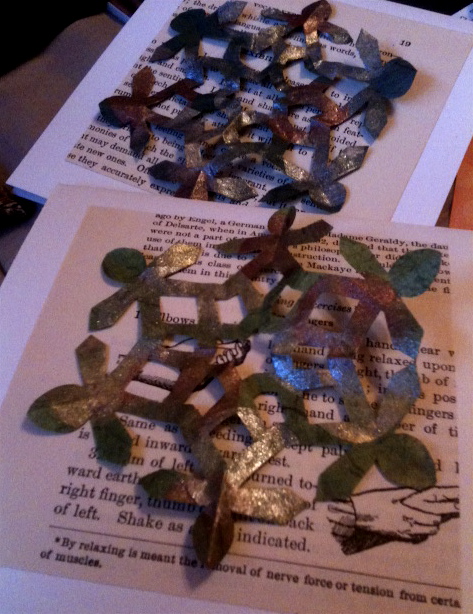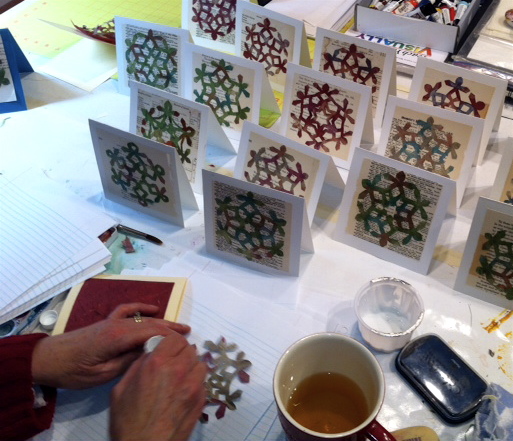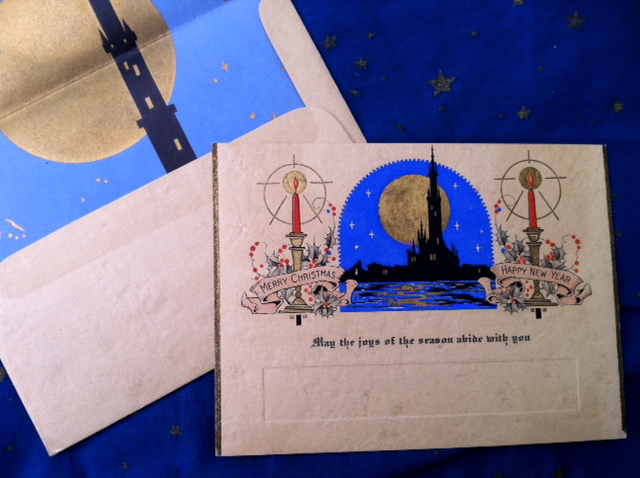
I grew up and found my purpose and it was to be a physician. My intent wasn't to save the world as much as to heal myself. Few doctors will admit this...but subconsciously, in entering the profession, we must believe that ministering others will heal our woundedness. And it can. But it can also deepen the wounds.
Abraham Verghese, Cutting for Stone
There are times when life becomes a heavy load--patients, tasks, family issues. I was trying to keep myself glued together as various parts threatened to swirl off, so many fall leaves sucked into the wind and I was stuck in the studio. Odd, because lately the studio was the only place where I wanted to be-- and suddenly, I wasn't comfortable there.
I was going through the motions of art making, pushing pieces of paper together for my collages, fitting them like so many pieces of a jigsaw puzzle, but where was my intention, the focus that brings everything together?
What to do?
How to open my heart? As I sat thinking, I remembered 6 Degrees of Creativity 2. Several people had written about major life transitions they were experiencing. They said that it was difficult to find time and energy to engage in the prompts I'd written for Creating a Mindful Studio Practice.
I urged them to take the prompts slowly; to divide one directive into smaller, more manageable steps. Their responses were heartwarming; I was honored that they were able to take something from what I'd written and apply it to their lives.
Once you’ve chosen a theme/object, write down everything that comes to mind about it, every perspective that you can come up with. DON’T EDIT--USE A STREAM OF CONSCIOUSNESS APPROACH.
Now, take the same object or theme do it again, only this time, write down only the things that interest you about this object.
Look carefully at the two lists and ask yourself what appeals to you about the second list. What you’re going to come up with is your artist thumbprint--your slant on the world. Be mindful AND RESPECTFUL of this-- it will stand you in good stead...
I took up my pen, groaning inwardly, "you mean I have to hand write this??" The odd thing was, as soon as I had my pen in hand and started to write, the grip on my heart began to ease. I took my subject: "Repair" and began to break it down.
By the time I had two lists in front of me, I was feeling whole again. It's funny. Many artists find that sketching their ideas allows them to create an outline, a plan, a clear intent. They create an approximation of what they want to do--paint a landscape, a portrait, represent an abstract idea. I've always written mine.
Caught up in the difficulty of the cases I was working with at the hospital, I had forgotten how important this step was.
My journal waits for me now on the work table, right up front with the watercolors and I sense where these pieces on "repair" may take me- but more importantly, I've rediscovered the means of writing myself back together again...
